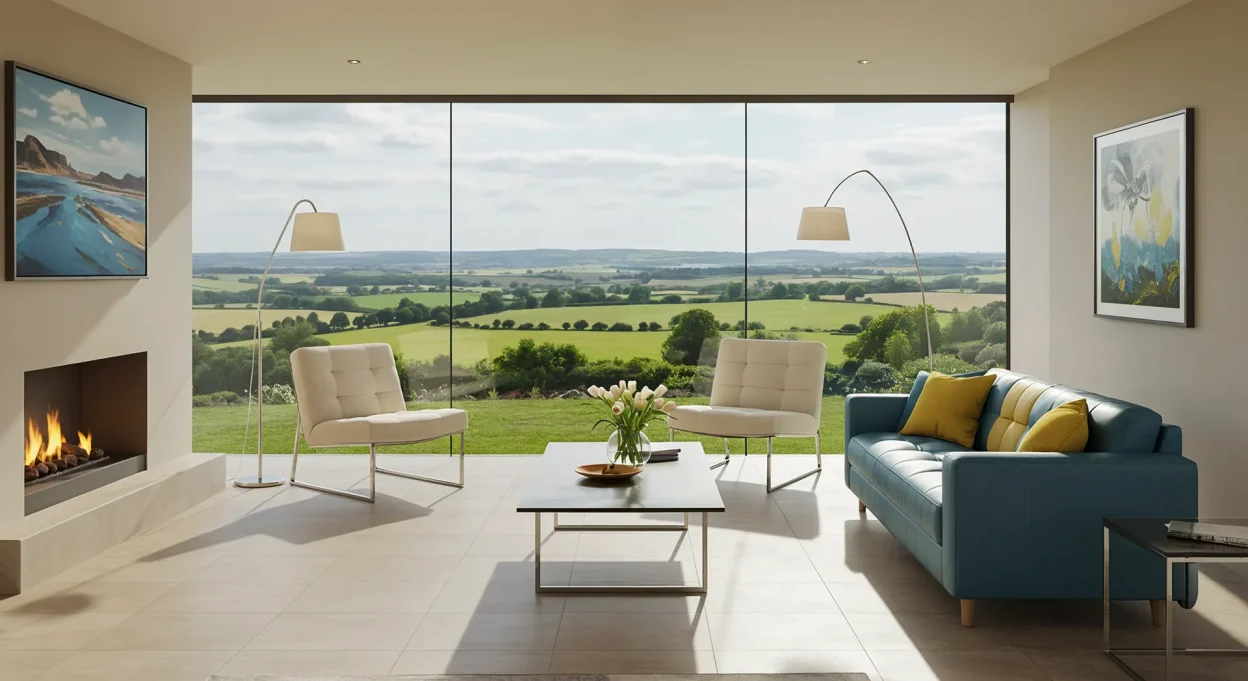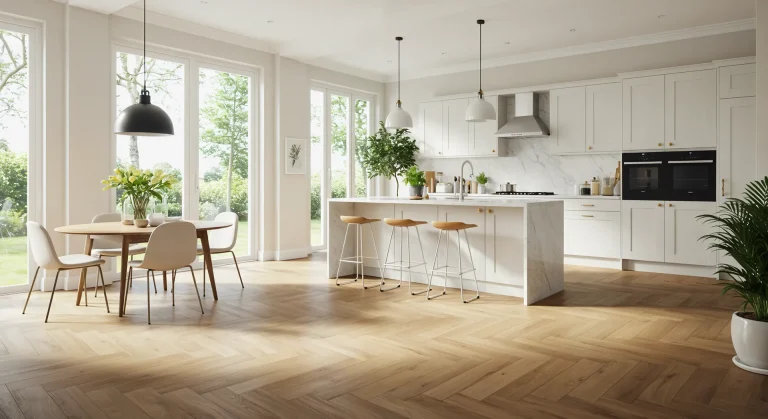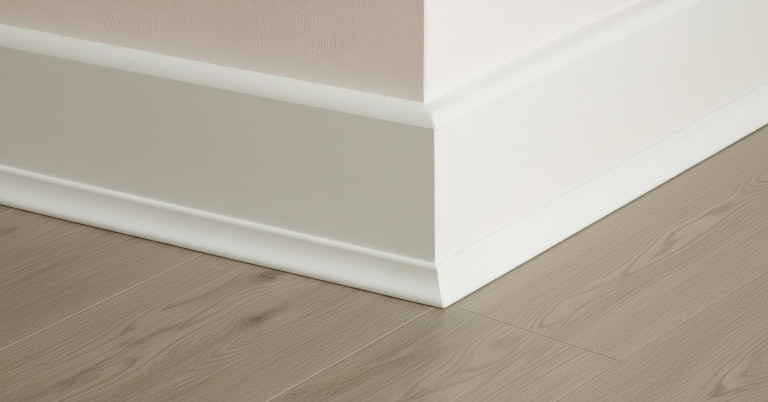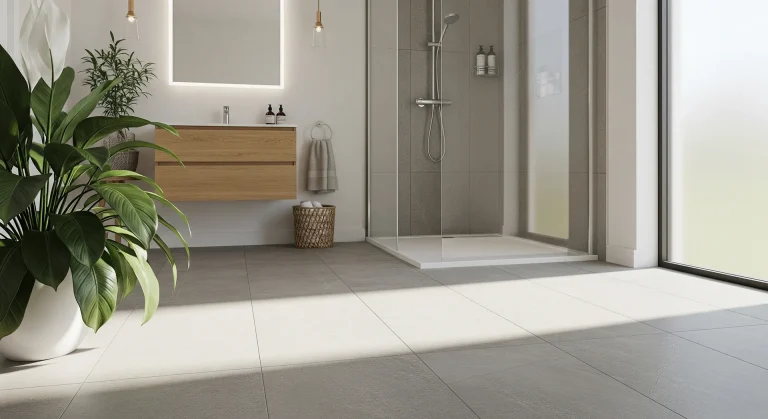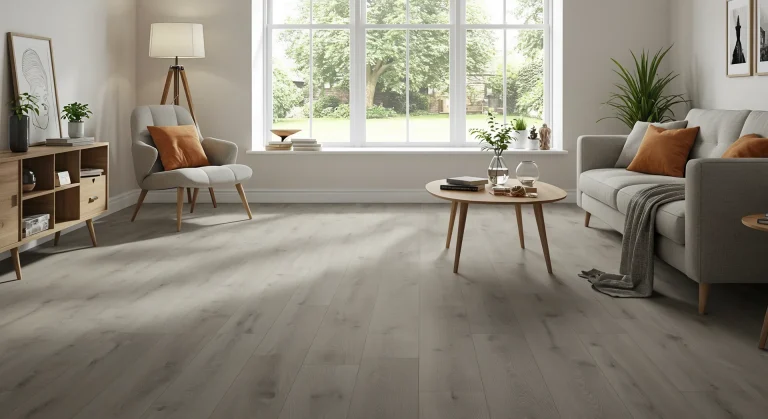Luxury Vinyl Tile, almost universally known as LVT flooring, has seen a meteoric rise in popularity across UK homes in recent years, and for very good reason. This innovative flooring solution masterfully combines stunningly realistic aesthetics with exceptional durability and practicality, making it a prime choice for modern living. If you’re renovating, building, or simply looking for a stylish and resilient floor, you’ve likely encountered the term. But what is LVT flooring exactly, how is it made, and what makes it such a compelling option compared to more traditional materials like laminate or even sheet vinyl?
This comprehensive guide for 2025 delves deep into the world of Luxury Vinyl Tile. We’ll deconstruct its layers, explore its significant benefits (especially its waterproof nature, crucial for many UK homes, from bustling city kitchens to damp-prone areas in coastal towns), compare it to other common flooring types, look at the different LVT options available, and cover essential considerations from installation to maintenance.
Jump to Section:
- LVT Flooring Demystified: The Modern Solution for UK Homes
- The Anatomy of LVT: Understanding Its Layered Construction
- LVT vs. Standard Sheet Vinyl: What’s the Real Difference?
- LVT vs. Laminate Flooring: A Clear UK Comparison
- Top Benefits: Why LVT Flooring is a Smart Choice for the UK
- Exploring the Spectrum: Types of LVT Flooring Available
- Key Considerations for UK Homeowners Before Choosing LVT
- A Glimpse into LVT Installation: What to Expect
- Keeping it Pristine: Simple Care for Your LVT Floors
- Is LVT Flooring the Right Answer for Your Home?
LVT Flooring Demystified: The Modern Solution for UK Homes
So, what is LVT flooring? In essence, it’s an advanced, multi-layered flooring product engineered to replicate the appearance of natural materials like hardwood, stone, or ceramic tile, while offering superior performance characteristics. It’s available in individual tile (LVT) or plank (LVP – Luxury Vinyl Plank) formats, allowing for versatile design possibilities, including popular patterns like herringbone. Its construction is far more sophisticated than traditional sheet vinyl, resulting in a product that is both beautiful and built to last.
The Anatomy of LVT: Understanding Its Layered Construction
The resilience and realism of LVT flooring stem from its layered composition:
- Protective Wear Layer: This transparent top layer is crucial for LVT’s durability. Usually made from polyurethane (PU) and often enhanced with additives like ceramic bead or aluminium oxide, it provides excellent resistance to scratches, scuffs, stains, and daily wear. The thickness of this layer (typically ranging from 0.3mm for residential use, 0.55mm for heavy domestic/light commercial, up to 0.7mm+ for commercial applications) directly impacts its lifespan and ability to withstand traffic.
- Decor or Print Layer: Beneath the wear layer sits a high-resolution photographic film. This layer carries the design – be it a highly realistic wood grain, a detailed stone pattern, or an abstract design. Advanced printing technologies allow for incredibly authentic visuals.
- Vinyl Core Layer: This is the main body of the tile or plank, providing structure, stability, and crucially, its waterproof properties. Several core types exist:
– Traditional Flexible PVC Core: Found in many glue-down LVT products, offering flexibility.
– SPC (Stone Plastic Composite) Rigid Core: A very popular innovation. This core is made by combining limestone powder and PVC stabilisers, creating an extremely dense, rigid, and dimensionally stable product that is 100% waterproof. SPC LVT is less prone to indentations and temperature-induced expansion/contraction, making it highly versatile.
– WPC (Wood Plastic Composite) Rigid Core: Incorporates wood pulp or flour with PVC and often includes foaming agents. This makes WPC slightly thicker, softer, and warmer underfoot than SPC, with good acoustic properties. It’s also typically 100% waterproof. - Backing Layer: The bottom layer provides foundational stability and balance to the plank or tile. Many modern rigid core click LVT products (especially SPC and WPC) also feature a pre-attached underlay on this backing layer (e.g., IXPE foam or cork), which can simplify installation, add comfort, and offer sound dampening.
LVT vs. Standard Sheet Vinyl: What’s the Real Difference?
While both are vinyl-based, LVT and traditional sheet vinyl differ significantly:
- Format & Realism: LVT comes in individual tiles or planks, allowing for more realistic replication of wood plank joints or stone tile grout lines (achieved via bevelled edges or by using design strips with glue-down LVT). Sheet vinyl comes in large rolls, resulting in fewer seams but often a less authentic, flatter appearance for wood/stone effects.
- Durability & Thickness: LVT is generally thicker (typically 2.5mm to 8mm+) and features a more robust wear layer than most domestic sheet vinyl. This translates to better long-term durability and resistance to indentations. LVT can last 15-25+ years.
- Repair: If a section of LVT is damaged, individual tiles or planks can usually be replaced. Damaged sheet vinyl often requires patching, which can be noticeable, or full replacement.
- Cost: Sheet vinyl is typically cheaper per square metre initially.
LVT vs. Laminate Flooring: A Clear UK Comparison
This is a frequent comparison for UK homeowners:
| Feature | LVT Flooring (Luxury Vinyl Tile/Plank) | Laminate Flooring |
| Core Material | PVC, SPC (Stone Plastic Composite), WPC (Wood Plastic Composite) – Typically 100% Waterproof | HDF (High-Density Fibreboard) – Highly susceptible to moisture damage |
| Water Resistance | Excellent. Most LVT is fully waterproof, ideal for bathrooms, kitchens, utility rooms. | Poor. Standard laminate swells/warps with water. Some “water-resistant” options exist. |
| Appearance | Realistic wood, stone, abstract designs via print layer. Can have textured surfaces (embossing). | Realistic wood (primarily) via print layer. Can have textured surfaces. |
| Feel/Sound | Generally warmer and quieter underfoot, especially WPC or those with built-in underlay. | Can feel harder and sound hollower without quality underlay. |
| Durability | Tough wear layer (0.3mm-0.7mm+). Good scratch/dent resistance. Resilient core (SPC/WPC). | Tough melamine wear layer (AC rating). HDF core can chip/swell if damaged. |
| Repair | Individual planks/tiles can often be replaced. Cannot be sanded/refinished. | Cannot be sanded/refinished. Damaged planks require replacement. |
| Installation | Click systems (DIY friendly), Glue-down (often professional). | Almost exclusively click systems (DIY friendly). |
| UFH Compatibility | Generally Excellent. Good heat transfer. | Generally good, but HDF core needs careful heat management. |
| Cost (UK 2025) | £20-£60+/m² (materials). Quality options can be comparable to or more than mid-range laminate. | £10-£30+/m² (materials). Generally more budget-friendly. |
Top Benefits: Why LVT Flooring is a Smart Choice for the UK
The advantages of choosing LVT flooring are compelling:
- Waterproof/Highly Water-Resistant: This is a standout benefit. Most LVT, especially SPC and WPC core products, is 100% waterproof, making it perfect for kitchens, bathrooms, utility rooms, basements, and busy entrance halls throughout UK homes.
- Exceptional Durability: With a robust wear layer, LVT withstands scratches, scuffs, dents, and stains effectively, making it ideal for households with children, pets, and high foot traffic.
- Design Versatility: The range of designs is immense. Achieve authentic wood looks (oak, walnut, pine in various shades and plank sizes, including popular herringbone LVT), sophisticated stone effects (slate, marble, travertine, concrete), or even contemporary abstract patterns.
- Ease of Maintenance: Requires minimal upkeep – regular sweeping or vacuuming (soft brush head) and occasional damp mopping with a pH-neutral cleaner is usually sufficient.
- Comfort Underfoot: LVT is generally softer, warmer, and quieter underfoot than ceramic tiles, stone, or even some laminates, especially WPC core types or those installed with or having built-in underlay.
- Underfloor Heating (UFH) Compatibility: Most LVT products are designed to work efficiently with UFH systems, providing comfortable, evenly distributed warmth.
- Installation Flexibility: Available in DIY-friendly click-lock systems or professional-grade glue-down formats, catering to different needs and subfloor conditions.
- Realistic Aesthetics: High-quality LVT features advanced printing and embossing techniques (like “Registered Emboss” where texture matches the print) for incredibly realistic visuals and feel.
Exploring the Spectrum: Types of LVT Flooring Available
When considering “what is LVT flooring,” you’ll encounter several distinctions:
- Format:
– LVT (Luxury Vinyl Tile): Typically square or rectangular, often mimicking stone, ceramic, or abstract designs.
– LVP (Luxury Vinyl Plank): Long, narrower pieces designed to replicate wood planks. - Installation Method:
– Click LVT/LVP: Features an interlocking edge system for a floating floor installation. Very popular for DIY. Often uses rigid core technology (SPC/WPC).
– Glue-Down LVT/LVP: Adhered directly to the subfloor. Provides maximum stability. Can be flexible or rigid LVT.
– Loose Lay LVT: Thicker, heavier tiles/planks with a friction backing that can be laid without adhesive or locking systems in some situations (less common for full room domestic installs). - Core Type:
– SPC (Stone Plastic Composite) Rigid Core: Extremely dense, stable, and waterproof. Less prone to indentations.
– WPC (Wood Plastic Composite) Rigid Core: Slightly less dense than SPC, offers more cushioning and sound insulation. Also waterproof.
– Flexible PVC Core: Traditional LVT core, often used in glue-down products. - Wear Layer Thickness: Typically 0.3mm (moderate domestic), 0.55mm (heavy domestic/light commercial), or 0.7mm+ (commercial). Thicker means more durable.
- Special Features: Many click LVT products come with pre-attached underlay. Some have enhanced anti-bacterial or anti-slip properties.
Key Considerations for UK Homeowners Before Choosing LVT
- Subfloor Condition: LVT demands a smooth, level, clean, and dry subfloor. Imperfections can telegraph through, especially with thinner or flexible LVT. SPC/Rigid Core LVT is generally more forgiving of minor subfloor undulations than flexible LVT.
- Room Use: While suitable for most rooms due to its water resistance and durability, consider the specific demands.
- Underfloor Heating: Confirm product compatibility and any specific guidelines regarding maximum temperature (usually 27°C surface temp) and underlay requirements.
- Budget: LVT prices vary widely. Well-known UK brands like Pro Tek Flooring, Karndean, Amtico, Quick-Step, Moduleo, and Polyflor offer premium ranges, while many retailers provide quality own-brand options. Factor in underlay (if needed), trims, and potential fitting costs.
- Aesthetic Preference: Collect samples! The look in-store can differ in your home’s lighting.
A Glimpse into LVT Installation: What to Expect
(A full “how-to” is covered in dedicated installation guides, but here are key points)
- Acclimatisation: Typically 24-48 hours in the room.
- Subfloor Preparation: Clean, dry, level, and smooth is critical. Use levelling compound or plywood as needed. A DPM is essential on concrete ground floors.
- Underlay (for Click LVT): Only if your LVT doesn’t have it pre-attached and the manufacturer recommends/allows it. Use thin, dense LVT-specific underlay.
- Expansion Gaps (for Click LVT): Usually smaller than for wood/laminate (e.g., 5-8mm), but still necessary around the perimeter and fixed objects.
- Fitting: Click systems interlock. Glue-down requires careful adhesive application with a notched trowel and often rolling with a heavy floor roller.
Keeping it Pristine: Simple Care for Your LVT Floors
- Regular Cleaning: Sweep or vacuum (soft brush/hard floor setting) daily or as needed to remove grit.
- Damp Mopping: Clean with a well-wrung microfibre mop and a pH-neutral cleaner specifically designed for LVT or vinyl floors. Avoid excessive water.
- Spill Management: Wipe up spills promptly. LVT is waterproof, but it’s good practice.
- Protection: Use felt pads on furniture legs. Place doormats at entrances. Avoid dragging heavy or sharp objects.
- Avoid: Abrasive scouring pads, harsh chemical cleaners (bleach, ammonia, strong solvents), wax-based polishes (unless specifically for LVT maintenance), and usually steam mops (can sometimes damage adhesives or edges over long-term use – always check manufacturer advice).
Is LVT Flooring the Right Answer for Your Home?
Understanding what is LVT flooring reveals it to be an incredibly versatile, high-performing, and stylish solution for almost any room in a modern UK home. Its waterproof nature makes it a standout choice for kitchens, bathrooms, utility areas, and entrance halls – spaces where traditional wood or laminate might struggle. For homes in coastal regions or areas prone to dampness where sandy shoes might be common, the resilience and easy-clean nature of LVT are particularly beneficial.
With a huge array of designs mimicking wood, stone, and more, coupled with excellent durability, underfloor heating compatibility, and straightforward maintenance, LVT (in its various tile and plank forms, including popular SPC rigid core) offers a compelling blend of beauty and practicality. While the initial investment for high-quality LVT can be more than basic laminate, its longevity and performance often make it excellent value for money.

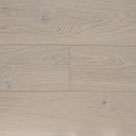 Light
Light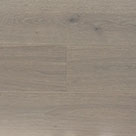 Grey
Grey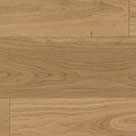 Natural
Natural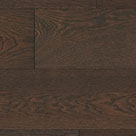 Dark
Dark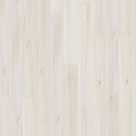 White
White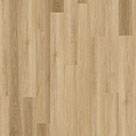 Light
Light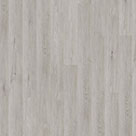 Grey
Grey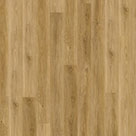 Natural
Natural Dark
Dark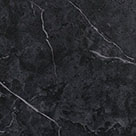 Black
Black